Year Seven News
Written by the Year Seven Team

Year Seven News
Written by the Year Seven Team
Student voice and agency is in full swing in our Humanities assessment, which students commenced last fortnight. They are tasked with responding to the statement of inquiry 'The success of ancient civilisations was shaped by war and conflict'. After concluding their lessons that developed their understanding of ancient Greece, Rome, and China, students chose to further investigate one or more of these civilisations. They have used the historical skill of questioning to influence their research and are exploring the effect of war on these civilisations over time. We are looking forward to students sharing their knowledge at the end of next week...here's a sneak peek at the quality of the work they are producing for this
assessment.
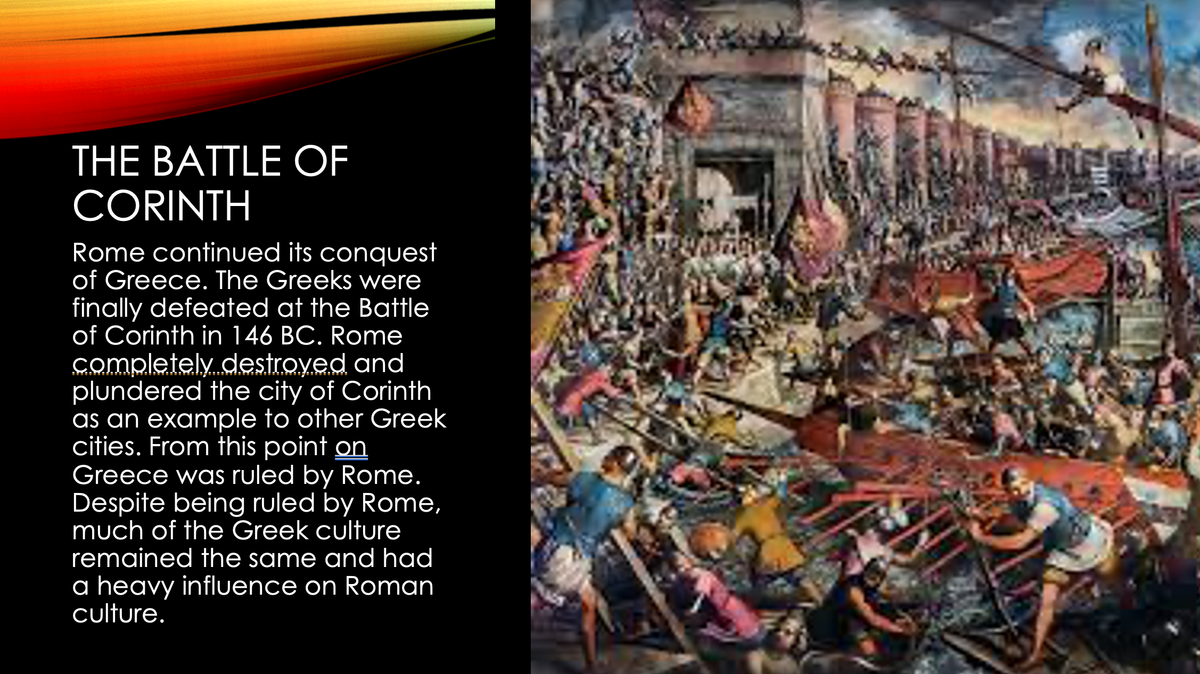

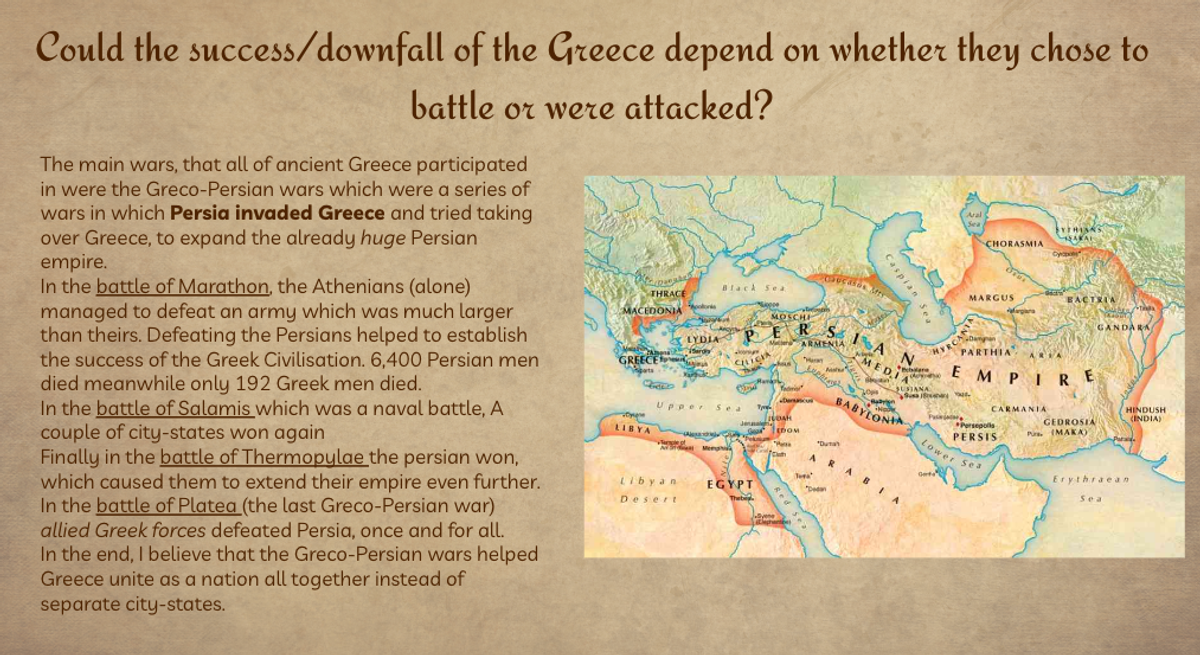

Students in the Year 7 MYP Gold group MYP Art program have been in inquiring into:
Statement of inquiry: Exploring and creating with modelling materials helps us to understand 3D mediums and develop our skills.
Inquiry questions : How can modelling skills enable us to use similar mediums?
How is clay made and what are its purposes and function?
What is the history of ceramics and how has it changed over time?
Global context: Personal and Cultural expression
Learner profiles:
Open- Minded – to learning new skills and experimenting with materials
Thinkers –applying, mastering, and analysing the skills learn.
Risk taker: how do we apply knowledge to creatively solve problems we encounter during our project?
The 10-week art program for Term 4 in Visual Arts has started of very well as students in the Gold group are learning about the history and cultural influences of ceramics and developing their modelling skills. Students are consolidating and establishing their skills and techniques in modelling by learning to manipulate oil-based clay into various shapes and designs whilst creating patterns using modelling tools. Students are required to design and create a coil pencil holder to first develop and consolidate their modelling skills and techniques using oil-based clay called plasticine. They are then learning how to wedge clay to alleviate air pockets and to create the base for their ceramics coil pot pencil and pen holder
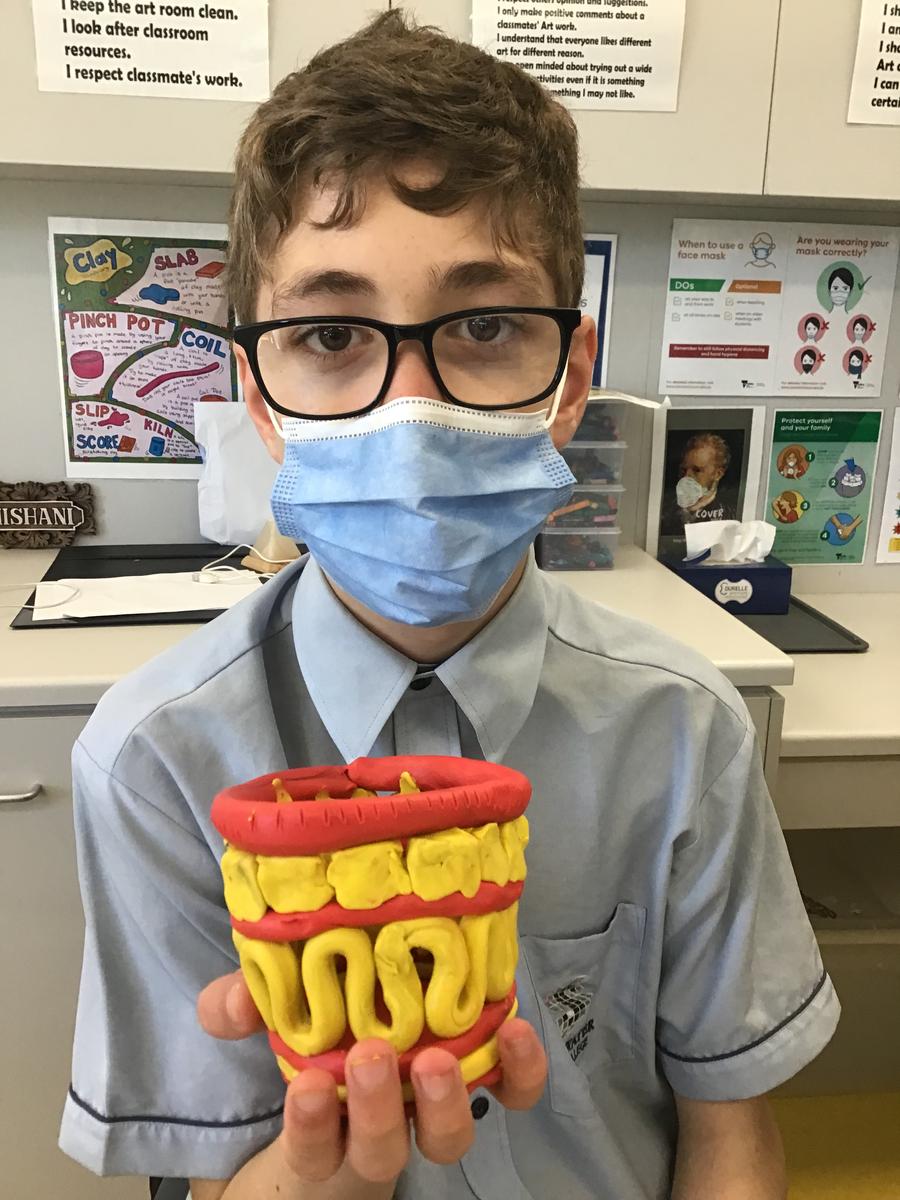
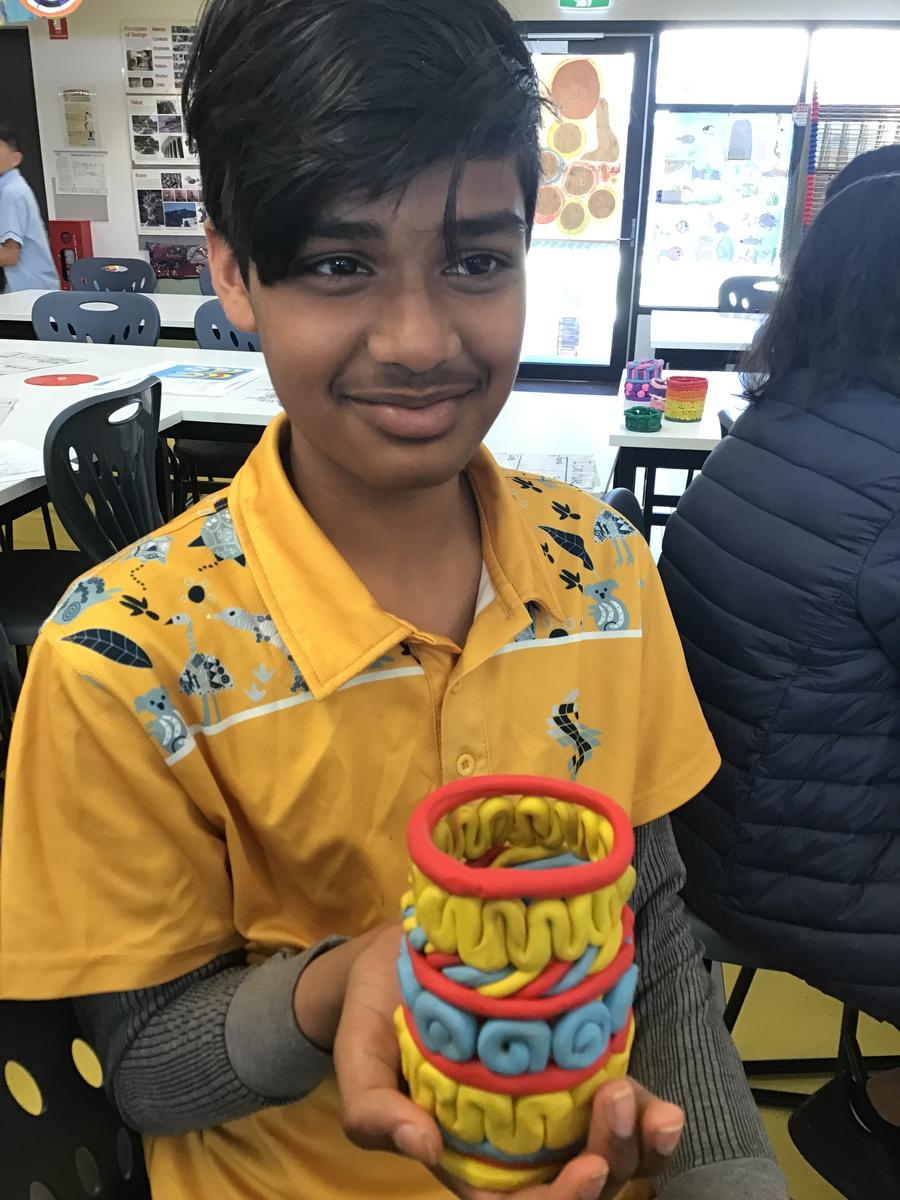


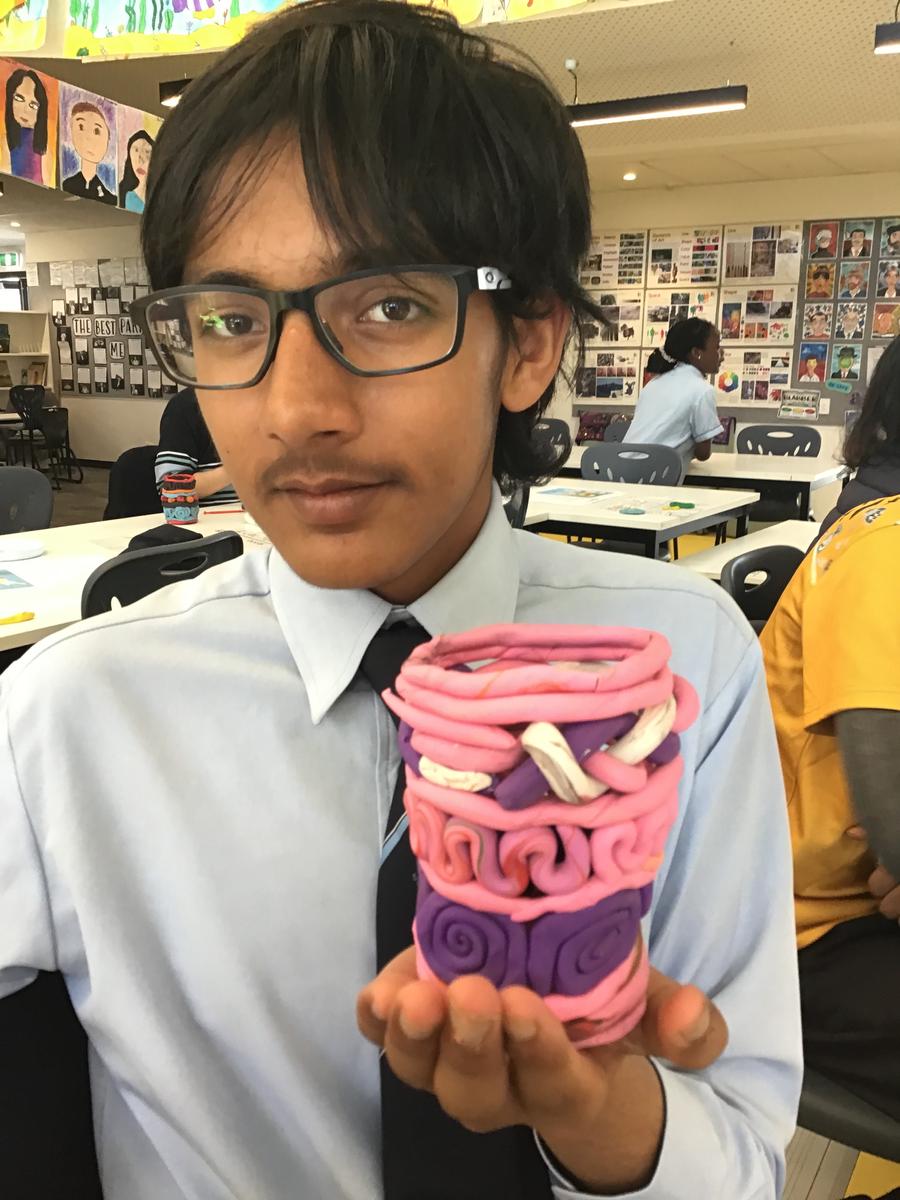
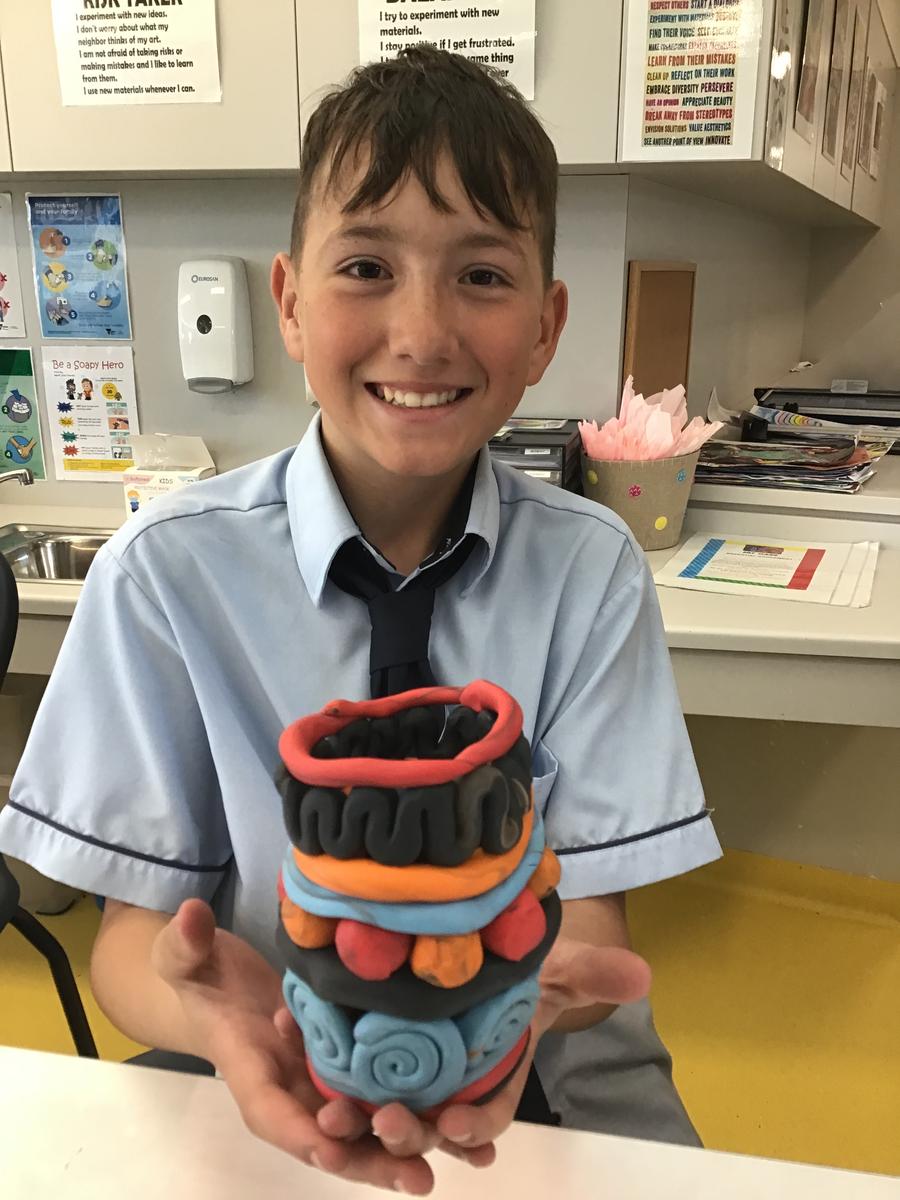


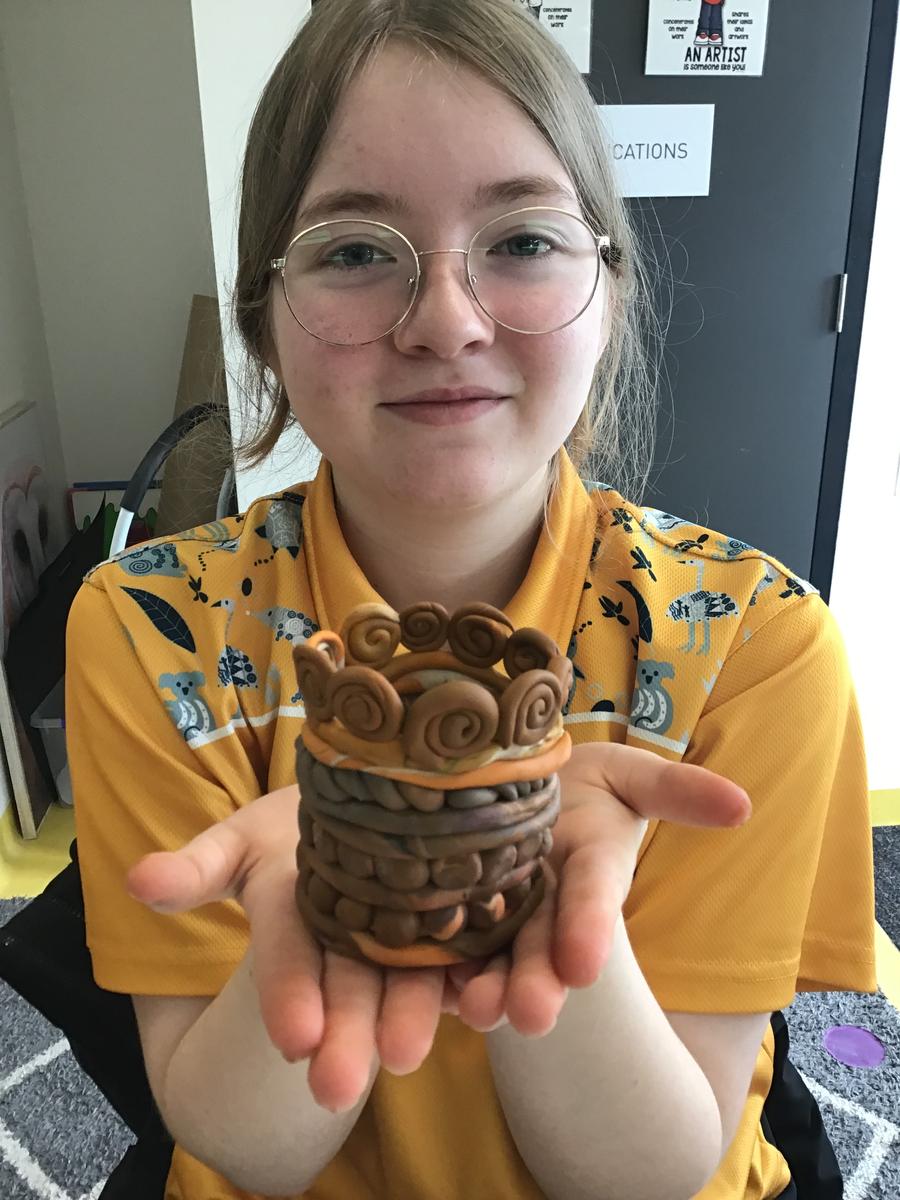



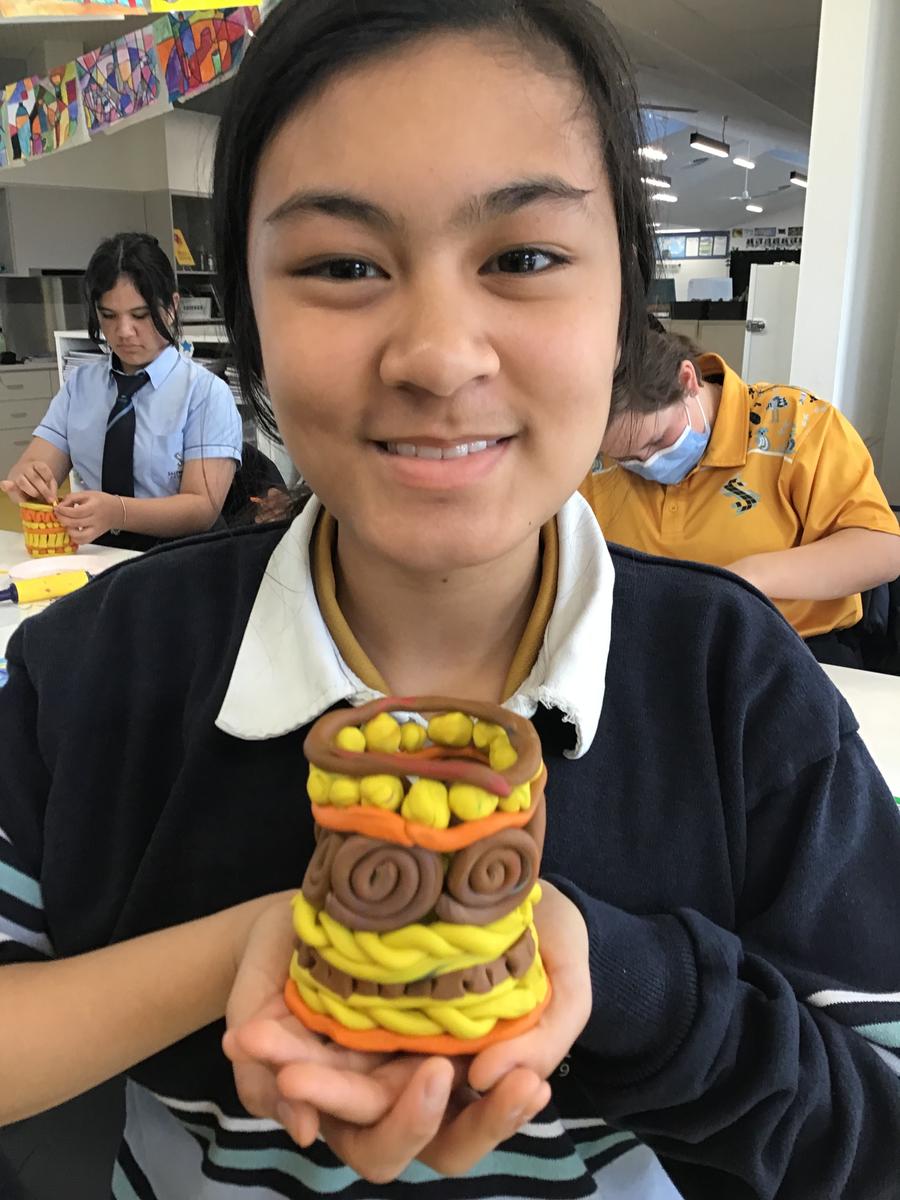
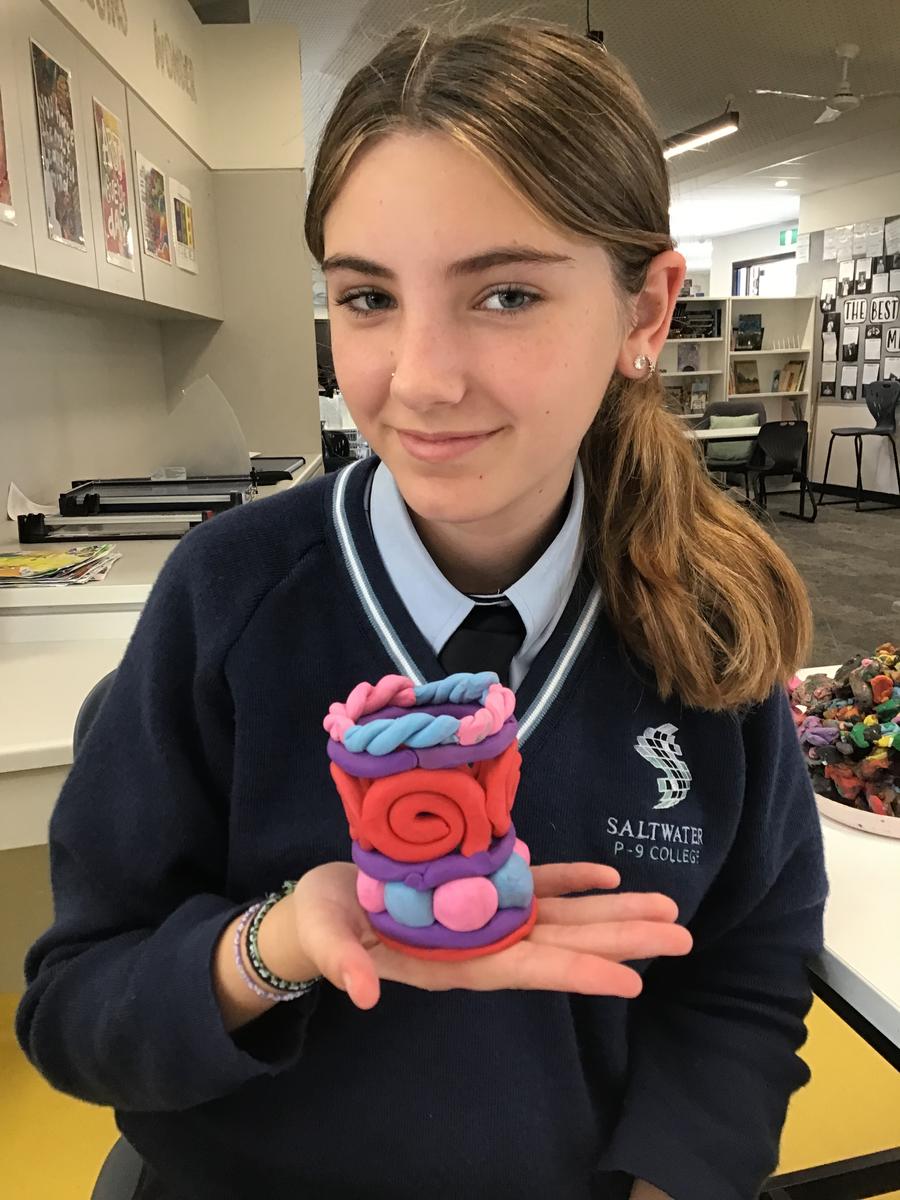


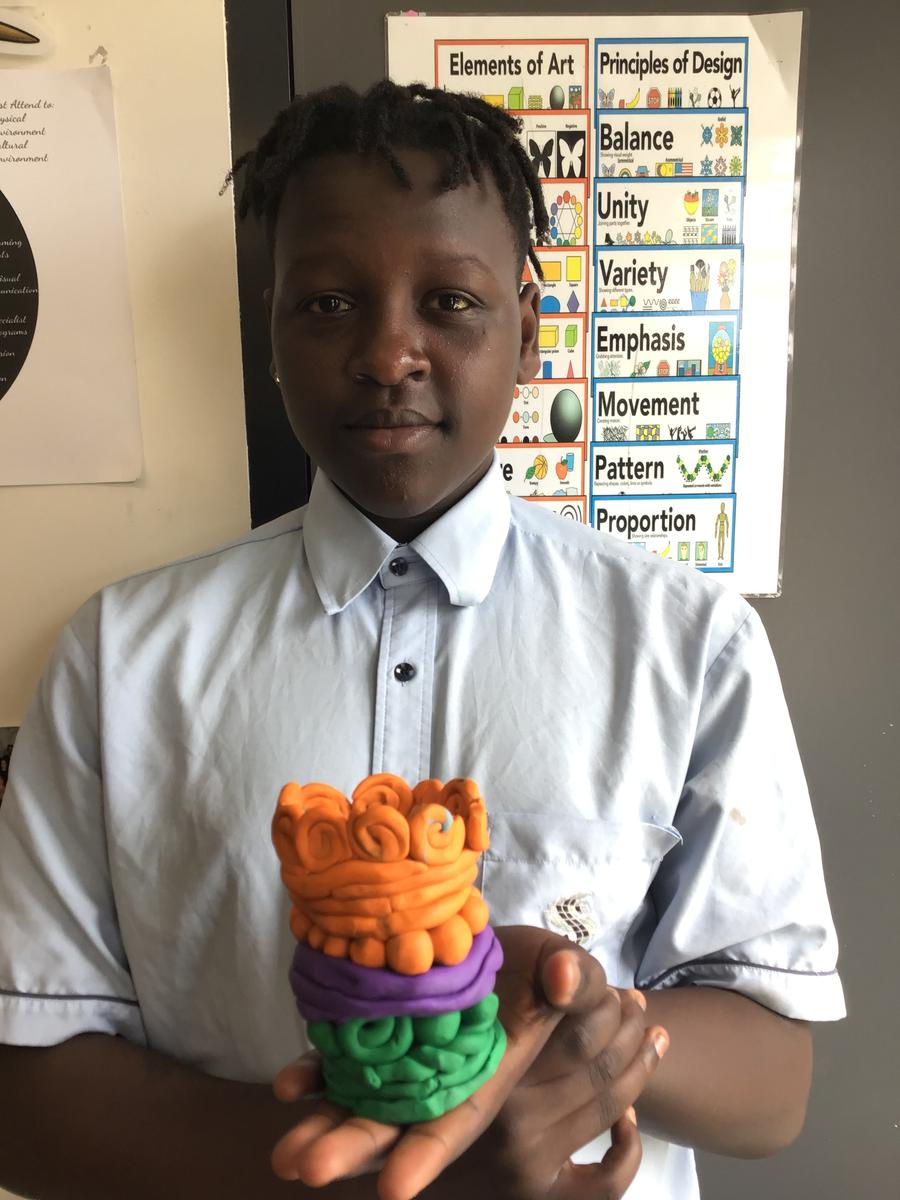

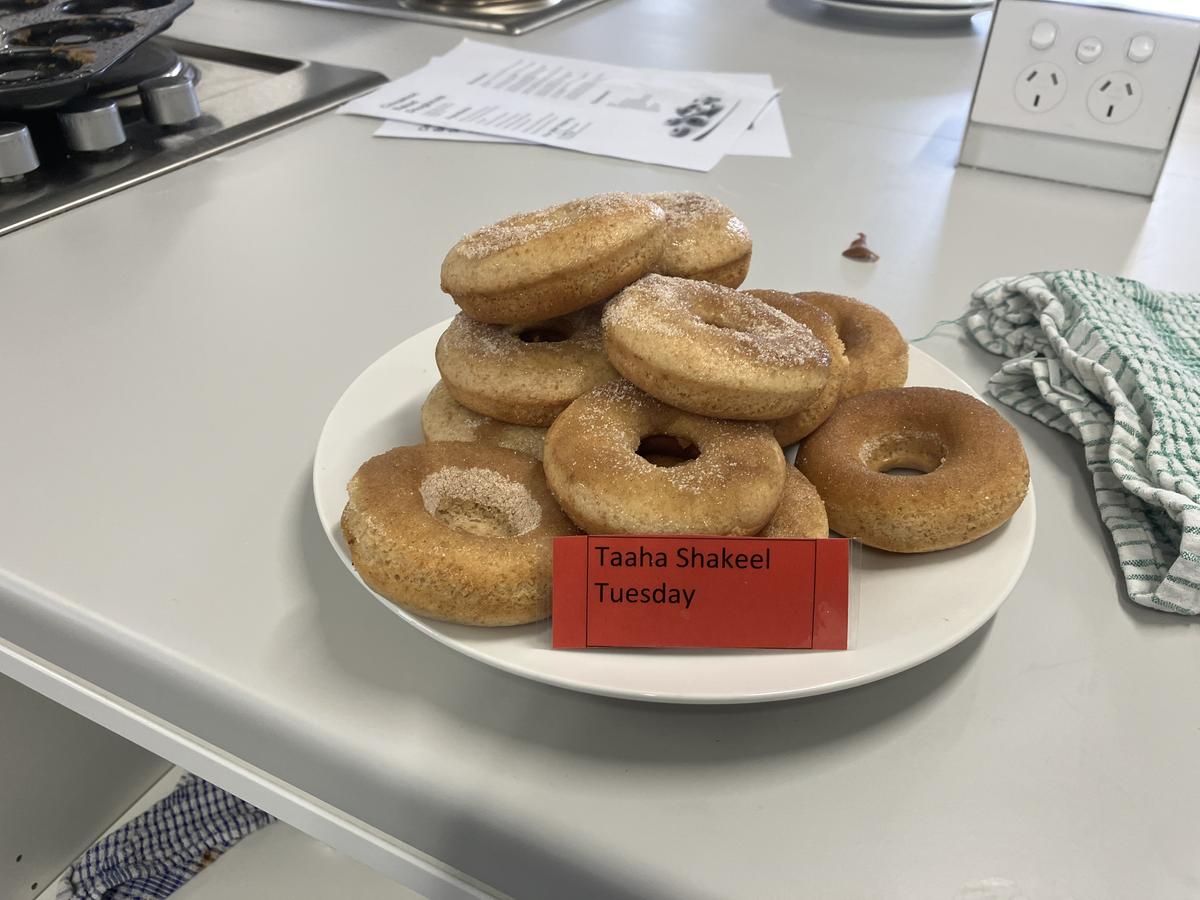
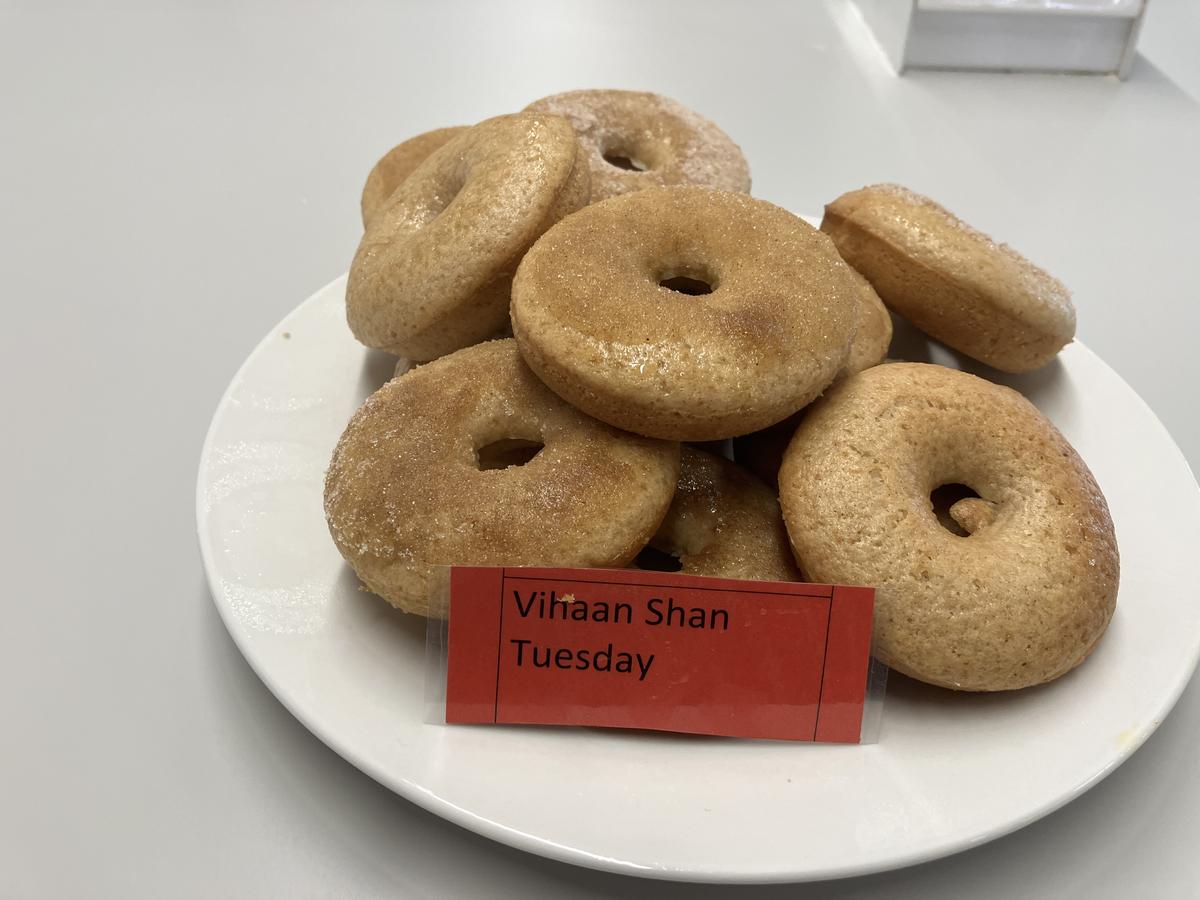


In the first session of Food Technology the students learnt about hygiene and safety in the kitchen and a basic introduction of how to measure both wet and dry ingredients accurately. After the theory part of the session, the students then explored the Food Tech room, where they became familiar with the workings of a kitchen. The students were excited when they discovered they would be making baked cinnamon doughnuts. All the students successfully made delicious doughnuts, and some were even shared with their teachers and made it home to family.

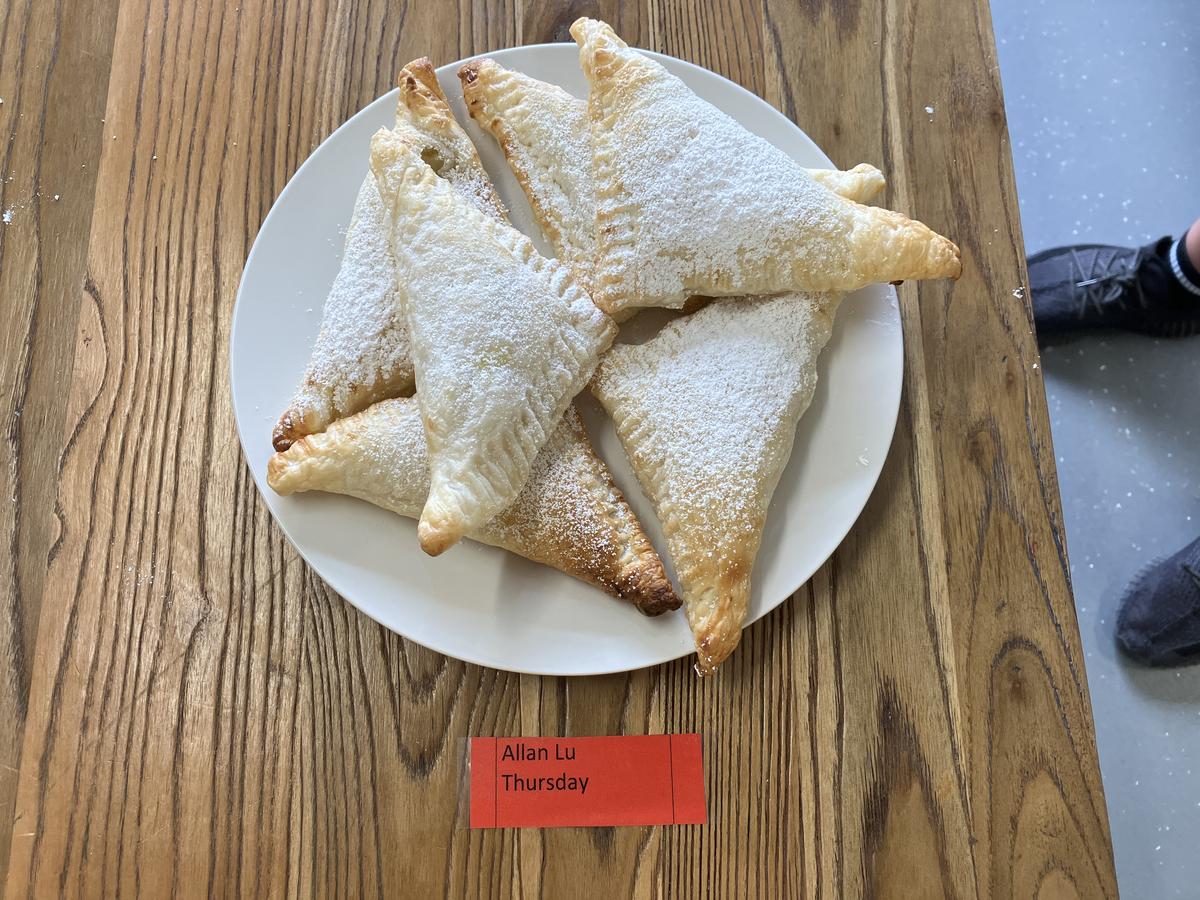


In the second session, the students were introduced to knife skills which included discussion and demonstration of the claw and bridge method of using a knife. The students firstly practiced their new cutting skills on carrots, where they presented sliced, diced and julienne (thin sticks) of different types of cutting preparation of vegetables. After completing the task, the student where able to make their apple turnovers using their newly learnt knife skills to cut the apples and prepare the pastry.
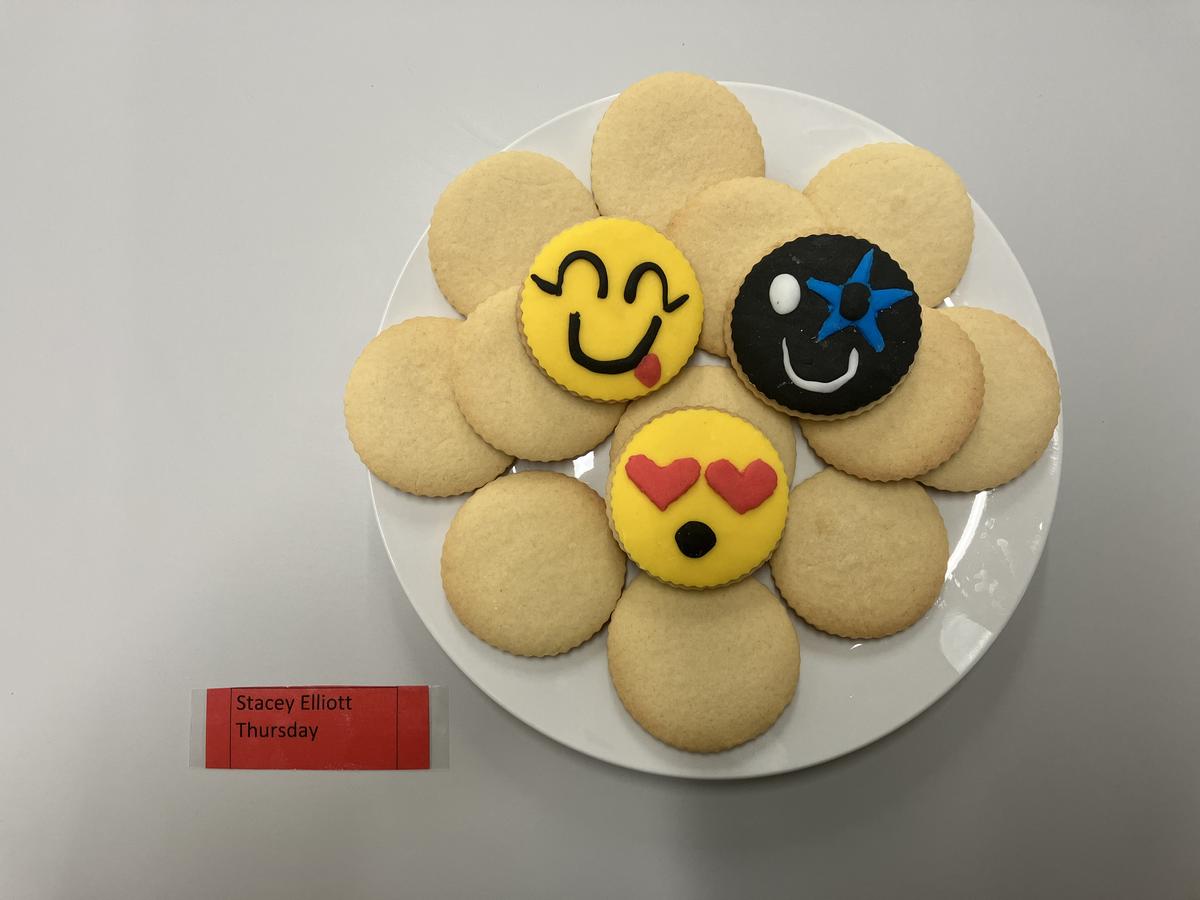
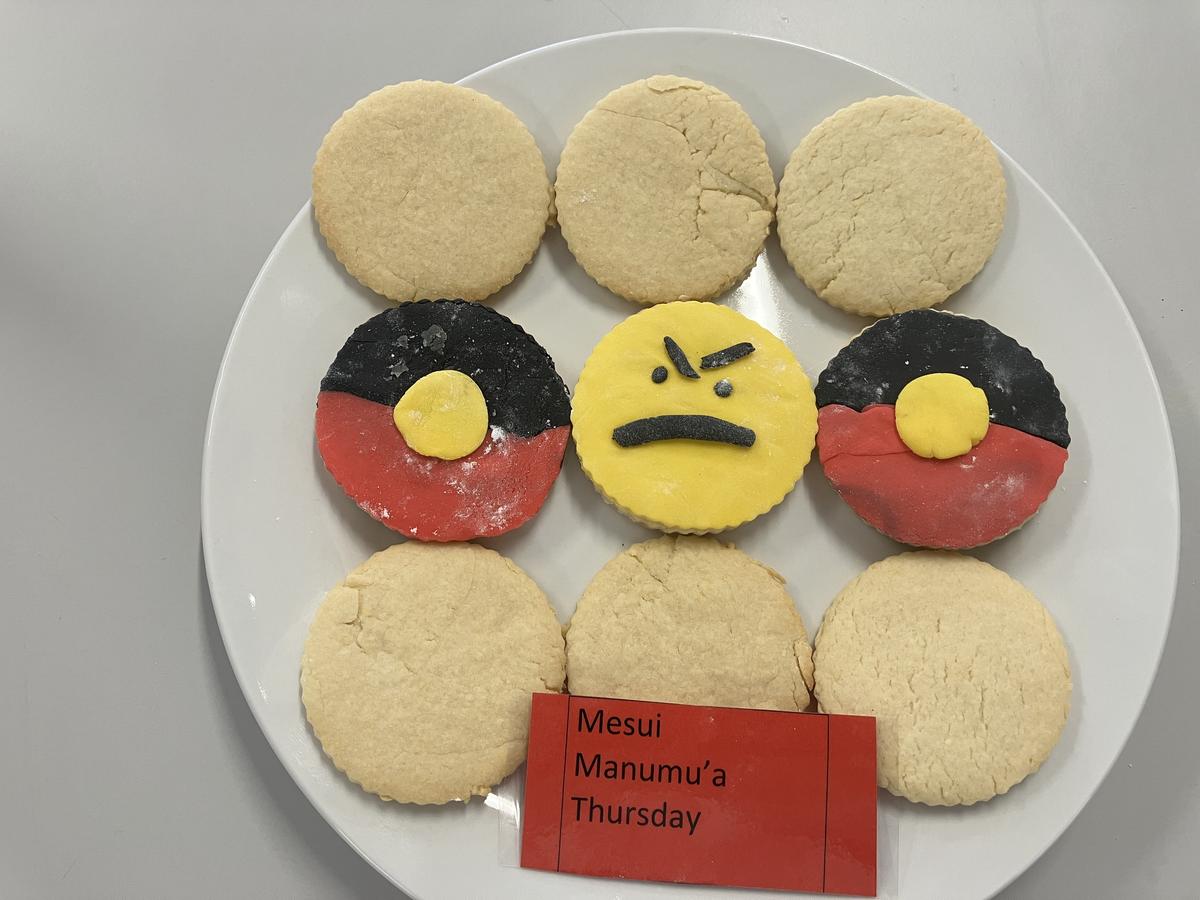


Maths
The year 7 students have completed the unit on chance and probability. Students are now able to use the correct terminology to describe the chance of an event taking place or not taking place. They have a clear understanding of the probability scale and are able to place the probability of an event on the probability scale. Students can express the probability scale as a fraction, decimal or percentage and relate the applicable terminology to a value on the probability scale.


Towards the end of week 4 we explored the difference between theoretical and experimental probability and used a formula to calculate theoretical and experimental probability.
In week 5, students investigated the relationship between percentages, fractions and decimals. Students were challenged to convert between percentages, decimals and fractions. The Aces class studied ratios and described comparisons as ratios, fractions and percentages.
Our next unit will see students strengthen their knowledge about linear and non-linear relationships.